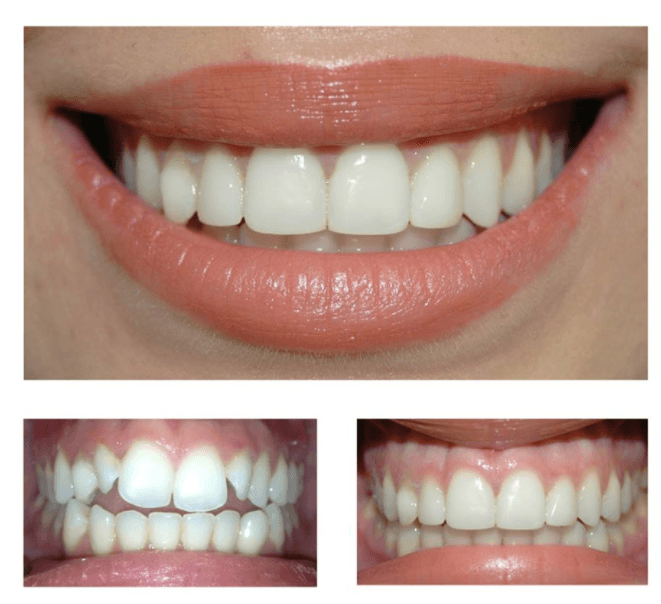Composite Bonding is one of the easiest ways to solve different dental problems including chipped or cracked teeth, decaying teeth, discolored teeth, spaces between teeth, or restoring lost teeth structure.

What is composite bonding teeth?
Composite bonding is one of the easiest ways to solve different dental problems including chipped or cracked teeth, decaying teeth, discolored teeth, spaces between teeth, or restoring lost teeth structure. Composite bonding involves applying a tooth coloured composite resin material to existing teeth. The resin is molded by dental experts so that it creates a perfect match with the surrounding teeth. It is widely used across the world for whitening or masking discoloured teeth, improving cosmetic structure, filling dental gaps or cavities, and repairing broken or fractured teeth. All in all, composite bonding or dental bonding is a perfect solution for solving minor dental imperfections.
Who needs a composite bonding procedure?
Composite bonding is a common dental procedure often recommended by dentists. If you have the following problems you may consider a composite bonding procedure:
● Spotted or discoloured teeth – often caused due to excessive coffee or smoking
● Decaying teeth or cavities
● Spaces and gaps between teeth
● Receding gums or exposed roots
● Cosmetic problems
● Fractured, chipped, or cracked teeth
● Mismatched teeth size—making teeth look longer
● Alternative to amalgam or metallic fillings

Top Treatments
- General Dentistry
- Preventative Dentistry
- Cosmetic Dentist
- Teeth Straightening
- Missing Teeth
- Restorative Dentistry
- Nervous Patients
Get In Touch
Composite bonding results may last anywhere between three to seven years. Following regular dental hygiene ensures long-lasting results.
Composite bonding is widely used for solving problems related to discoloured and stained teeth and fillings. In most cases, dentists recommend a teeth whitening treatment before conducting a composite bonding procedure. When used along with a teeth whitening treatment, dentists can achieve whiter teeth with less discolouration.
Composite bonding doesn’t require expensive aftercare products. Regular brushing of teeth preferably twice a day along with habitual use of dental floss ensures that your composite bonding lasts long.
No, cosmetic bonding doesn’t require hospitalization. A typical cosmetic bonding process requires a single visit to your dental clinic. There is no need for invasive treatments, injections, or anesthesia. It is a painless procedure that doesn’t require much time or money.
Composite bonding is usually not recommended for chain smokers. Smoking causes extensive staining to teeth. Composite bonding is also susceptible to staining in the long run and hence it is not suitable for smokers.
Composite bonding may be used for filling single as well as multiple gaps in your front teeth. Dentists will match the colour of your teeth with the colour of the composite resin to ensure a natural look.
If you are suffering from teeth clenching, jaw clenching, teeth grinding, or bruxism, composite bonding is not recommended for you as it is not strong enough to sustain the pressure or force caused by clenching.
Dentists often use composite bonding to fix slightly crooked teeth by applying matching resin at proper locations to create a cosmetically pleasing appearance of your teeth. However, it may not work for extensively crooked teeth which may require orthodontic treatment.
Composite bonding is very popular as it is:
- Simple procedure—can be easily conducted on aged people as well as people with underlying health problems.
- Painless procedure
- Quick process – doesn’t require repeated visits to the clinic before and after the procedure
- Affordable as compared to other dental treatments
- Useful for several common dental problems
So, if you need composite bonding you can be sure you now know enough to have a constructive and transparent dialogue about it with your dentist.





